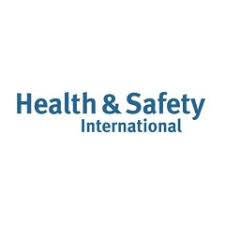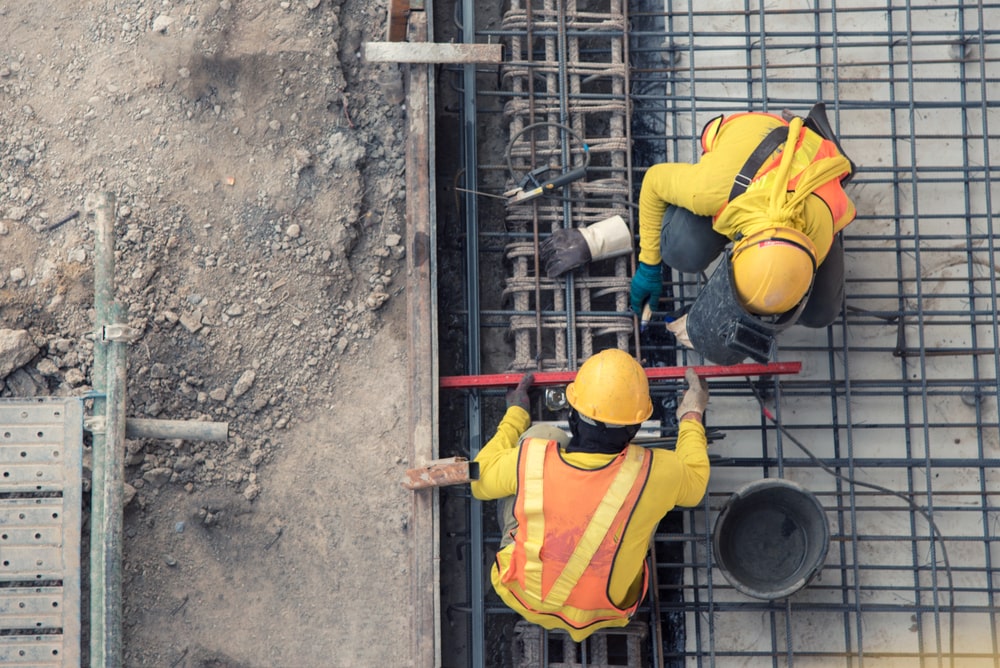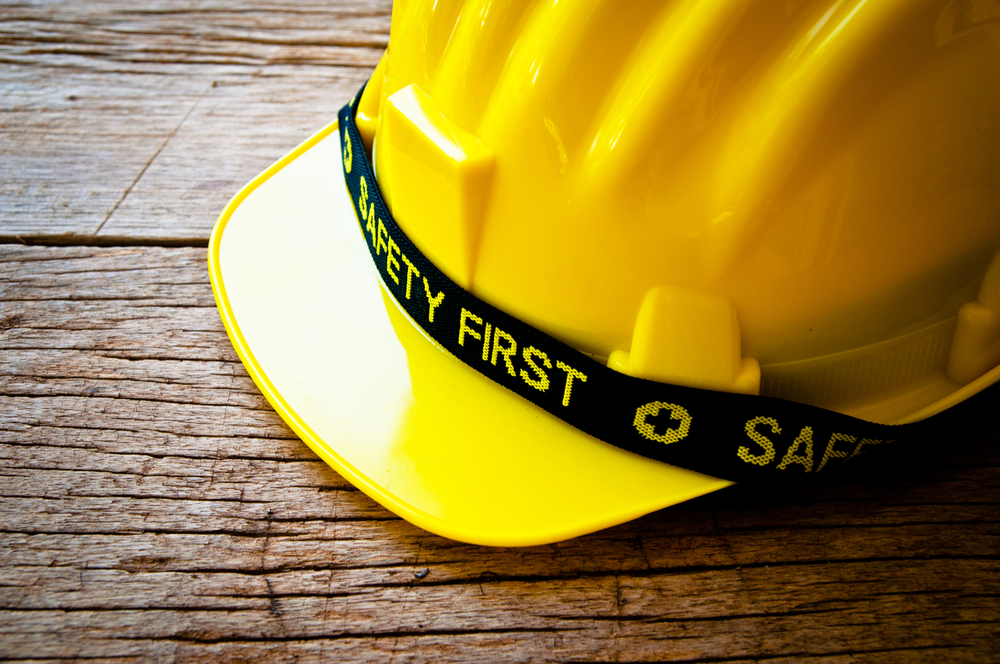News Post
Why Is Health and Safety Important in the Workplace?
The COVID-19 pandemic has heightened the importance of health and safety in the workplace, with 71% of surveyed UK employees having admitted to feeling unsafe when working. However, the risk of COVID transmission is hardly the only one for which employers should carefully account for.
According to statistics recently shared by the Health and Safety Executive (HSE), 1.6 million working people in Great Britain suffered from a work-related illness in 2019/20 – while, in that same period, 693,000 working people in the country were injured at work.
These problems had a knock-on effect on productivity, with 38.8 million working days lost as a result of work-related illness and workplace injury. However, there are not only ethical and corporate, but also legal, reasons for you, as an employer, to watch out for your workers’ health and safety.
Who Is Responsible for Workplace Health and Safety?
The short answer is you, the employer – as this responsibility is legally enshrined in UK law. The main piece of health and safety legislation you must heed is the Health and Safety at Work etc. Act 1974. This requires employers to – ‘so far as is reasonably practicable’ – protect their employees and other people from harm that could be caused by risks particular to the employers’ business’ activities.
As for who enforces health and safety law, that task falls largely to regulators – like HSE – and local authorities. If you fail to take those ‘reasonably practicable’ steps, either a regulator or local authority ‘may take action against you under criminal law’, as HSE warns.
Being neglectful with your workplace’s health and safety procedures would also risk anyone who consequently becomes hurt or ill making a claim for compensation against you. This would, however, arise under civil law rather than criminal law – and it’s worth emphasising that neither HSE nor local authorities apply civil law or set the rules for how civil cases should be conducted.
How to Judge What Safety Measures Would Be ‘Reasonably Practicable’
To establish a reliable safety culture at your workplace, you should take a proactive approach to health and safety matters. This includes discerning exactly what, under the Health and Safety at Work etc. Act 1974, would be defined as ‘reasonably practicable’ moves to meet this aim.
How you ought to help prevent work-related injuries and illnesses will depend on the nature of the activities your workforce undertakes. However, all employers must complete a risk assessment – and all employers employing at least five people are required to record their risk assessments.
For businesses based in and near the North West England region, such as in the bustling corporate hubs of Manchester, Leeds, Bradford and York, we can provide a full risk assessment training course that will be delivered at the company’s premises and tailored to the company’s needs.
If you invite our risk management experts to your own workplace, they could help you to weigh up three major factors: how likely work-related accidents and ill-health cases are to occur, the number of people potentially vulnerable to the risk and, naturally, the outcome severity.
Essentially, the higher the risk, the more urgently you should spend time, money and effort on reducing this risk so that you can meet the threshold of ‘reasonably practicable’. Where you determine the risk to be much lower, this threshold would be much lower as well.
What Is a Health and Safety Cost-Benefit Analysis?
This is basically where you would compare the financial cost necessary for countering a particular workplace risk with the business benefit you would likely gain from doing so.
In calculating the cost-benefit ratio for workplace accidents, injuries and illnesses, you should take into account the legal costs with which you could be faced if you were deemed not to have adopted a ‘reasonably practicable’ health and safety policy for your workplace.
You should also consider indirect costs that could arise. For example, if you have built up a strong business reputation, this could nonetheless incur lasting damage from negative publicity about a former employee or client who suffered illness or an accident due to your business practice.
So, if you do violate your duty of care to your employees, the actual costs – especially in the longer term – could significantly outweigh the theoretical costs, such as compensation costs you might be forced to pay if a civil charge levelled against your company is decided in the claimant’s favour.
Why Take an Exhaustive Approach to Health and Safety?
While the law does not compel you to eliminate all workplace risks, you could still easily fall foul of it if you fail to take a diligent approach to risk management. You should closely heed that, in UK health and safety law, safety steps can only be ruled out when they are out of proportion to the risk.
Certain workplace risks can be nigh-on impossible to remove. The risk of COVID transmission would fall into this category unless all of the company’s employees were mandated to work from home. However, you would still be expected to reduce these risks if – yes – ‘reasonably practicable’.
Hence, a comprehensive approach often works best for protecting employee health as required by law. Once you have judged – via risk assessment – that certain workplace safety policies would be legally required in your case, you should enact them regardless of the combined cost of doing so.
As confirmed in the case of R v F Howe & Son (1999), small employers with fewer financial resources cannot simply use their poverty to justify adhering to lower safety than the legal standard. However, if you have enough business money to exceed this standard, you should do so.
Why Is Health and Safety Training Important?
Once you know how to meet your legal obligations to protect the welfare of your employees, you should educate those employees on what the relevant health and safety requirements actually are. However, this doesn’t strictly mean you have to do all of the teaching yourself.
As you likely already have a lot on your plate as a business owner, you could ask us to deliver health and safety training courses online or in person. These courses we can provide to employees in various parts of the country – such as Harrogate, Wakefield and Northallerton – include our courses in asbestos awareness and fire safety awareness.
With most British office workers having recently expressed reluctance to return full-time to the office where employers could more easily monitor them, it’s probably never been more important for you to ensure that all of your workers are clued up on how to fulfil health and safety responsibilities in your (physical) absence.
So, again, why is health and safety important in the workplace? We can further enlighten you when you reach out to us by phoning 0845 224 0028 or emailing office@smseurope.co.uk.
Latest News
Health and Safety in Schools Checklist
Health and safety should be a top priority in any workplace, but especially in schools. Not only are you responsible for your staff’s safety, but you need to maintain the welfare of your pupils too. To do so, you must uphold your legal complian..
It can be difficult to decide your future path - a lot can ride on it, after all - but a career in health and safety could be the right choice for you. There are several types of careers in the health and safety industry that might be a good fit..
What is ISO 45001?
If you’re wondering what ISO 45001 is, then this is the guide for you. Replacing the old OHSAS 18001 standard, ISO 45001 is the new international standard for occupational health and safety management. In this guide, we'l..
Who Enforces Health and Safety?
The enforcement of health and safety is crucial to maintain healthy workplaces. The term health and safety itself covers the safety legislation and safety law that comes under the Health and Safety at Work Act 1974. In general, this means t..
Health and safety training is a requirement in the workplace, no matter which sector you work in. Our experts at SMS Europe have been providing an extensive range of specialist health and safety services for almost 20 years. To help make work en..
Health and safety in the workplace is all about controlling risks in a way that protects both your employees and your company. Strong leadership, including your employees, managers, suppliers, contractors, and consumers, is a characteristic of great ..
Health and safety in the workplace is immeasurably important. But, without the Health and Safety at Work Act of 1974, we might have never prized safety so highly. This piece of workplace legislation is highly significant and indeed has transform..
Fire Safety and Fire Risk Assessment at Leased Offices and Buildings Fire safety at leased single and multi- tenanted offices can be approached in a number of ways. Generally speaking, there are three types of premises, (single occupancy lea..
Safety Gloves
Please have a read at SMSE Managing Director Philip Marsden's article on Safety Gloves which is published in the February 2022 edition of Health and Safety International Magazine. https://www.hsimagazine.com/article/fits-like-a-glove/ We wo..
Current Health and Safety Industry Trends
New Guidance Released for Managing Home Workers As an employer, you have the same health and safety responsibilities for those who work from home as you do for all other employees who may work from the workplace. In most cases, the dange..
Who Is Responsible for the Health and Safety on a Building Site? Legally, the responsibility of health and safety within the business lies with the employer. It is up to them to make sure the environment meets the necessary health and safety requi..
No one wants to be injured whilst at work, and no one wants their staff to be injured, especially whilst on the job. That doesn’t mean that accidents don’t happen. In fact, each year an average of 22 manufacturing workers die in workplace..












